11 Products From The Past That Were Not Successful
Ever wonder what happens when big companies get things totally wrong? History is packed with products that seemed like genius ideas but crashed harder than a skateboard on ice.
From weird gadgets to bizarre drinks, these flops remind us that even the smartest businesses can miss the mark spectacularly.
11. New Coke (1985)
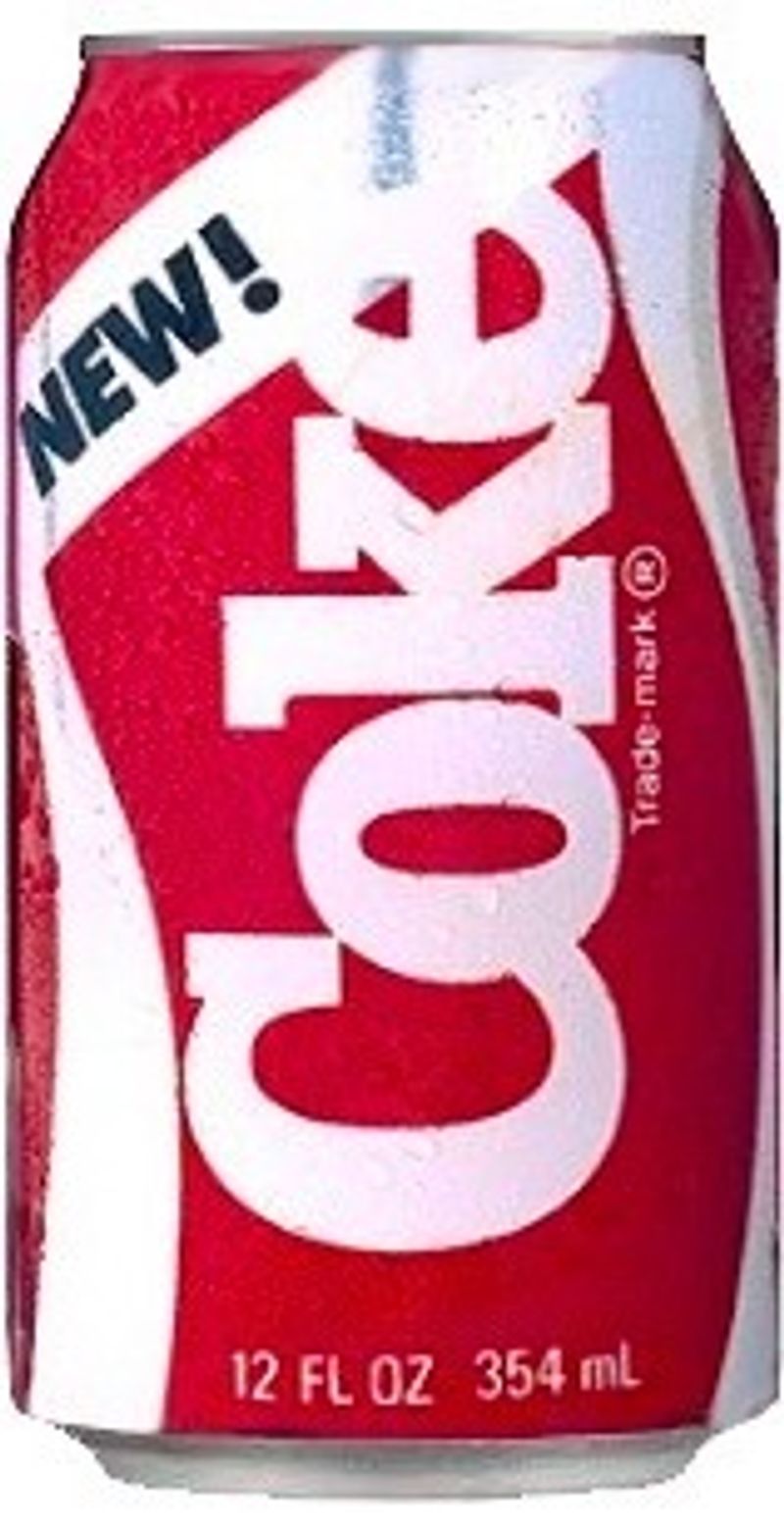
Coca-Cola tried fixing something that wasn’t broken and paid the price. When they swapped their classic formula for a sweeter version, fans revolted like their favorite superhero got recast with a villain.
Phone lines lit up with angry customers demanding the original taste back. Within three months, Coca-Cola Classic returned to shelves, and New Coke became a cautionary tale about messing with nostalgia.
10. Crystal Pepsi (1992–94)
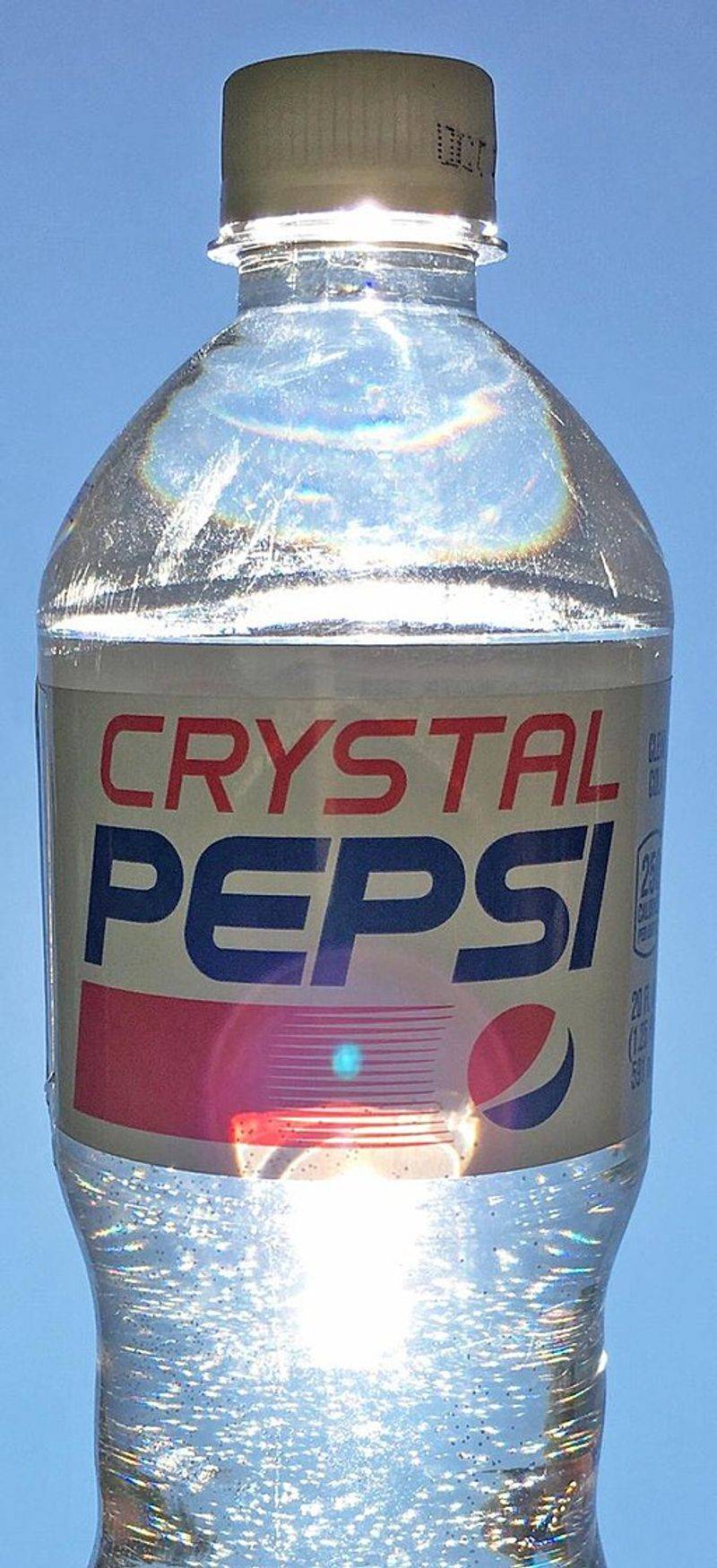
’’ via Wikimedia Commons, licensed under the Creative Commons Attribution-Share Alike 4.0 International license.
Picture this: cola that looks like water but tastes like regular Pepsi. Sounds weird, right? That’s exactly what shoppers thought when Crystal Pepsi hit stores in the early nineties.
The novelty factor worked for about five minutes before people realized clear didn’t mean healthier or better. Sales fizzled faster than flat soda, and the transparent experiment disappeared from shelves within two years.
9. Microsoft Zune (2006–12)
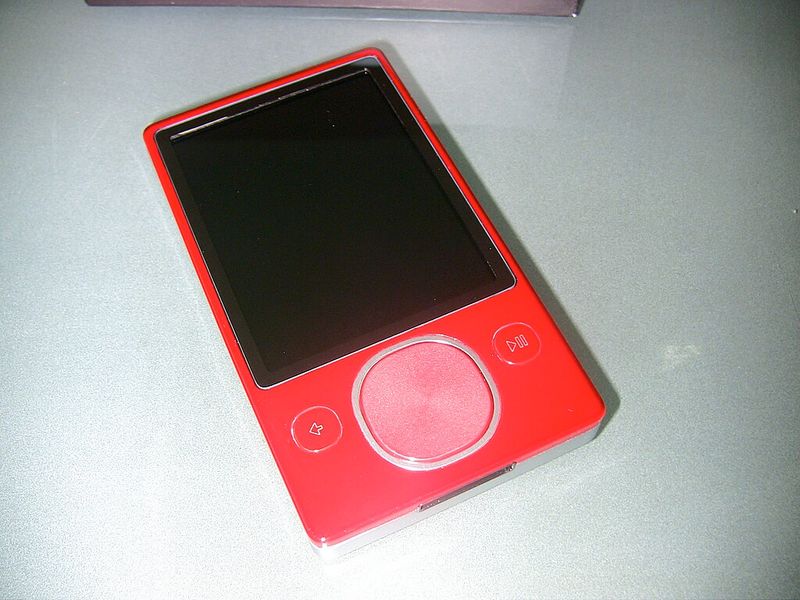
’’ via Wikimedia Commons, licensed under the Creative Commons Attribution 2.0 Generic license.
Microsoft walked into the music player battle armed with the Zune, ready to take on Apple’s iPod empire. Unfortunately, they brought a knife to a lightsaber fight.
Though the Zune had cool features like wireless sharing, nobody wanted to abandon iTunes and their iPod ecosystem. The clunky brown design didn’t help either, making it look more like a calculator than a hip music device.
8. Google Glass (2013–15 Consumer)
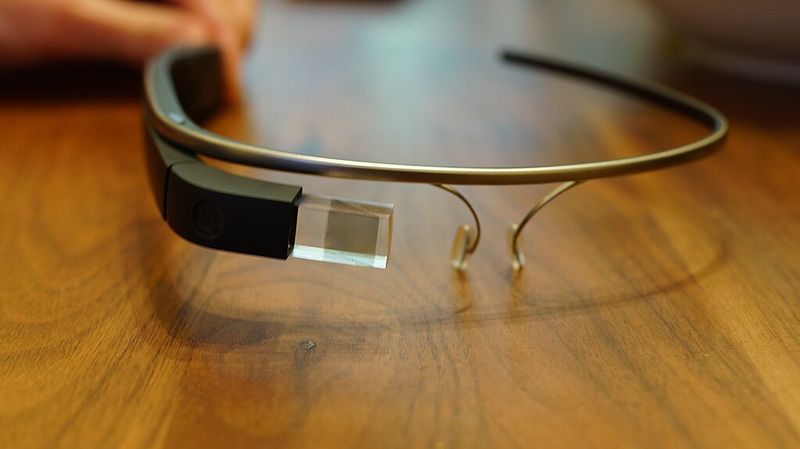
’’ via Wikimedia Commons, licensed under the Creative Commons Attribution-Share Alike 2.0 Generic license.
Imagine wearing a computer on your face that could record everything you see. Cool or creepy? Most people voted creepy when Google Glass launched to the public.
The futuristic eyewear cost fifteen hundred dollars and made wearers look like cyborgs at the grocery store. Privacy concerns exploded as restaurants and theaters banned them, killing any chance of mainstream adoption.
7. Apple Newton (1993–98)
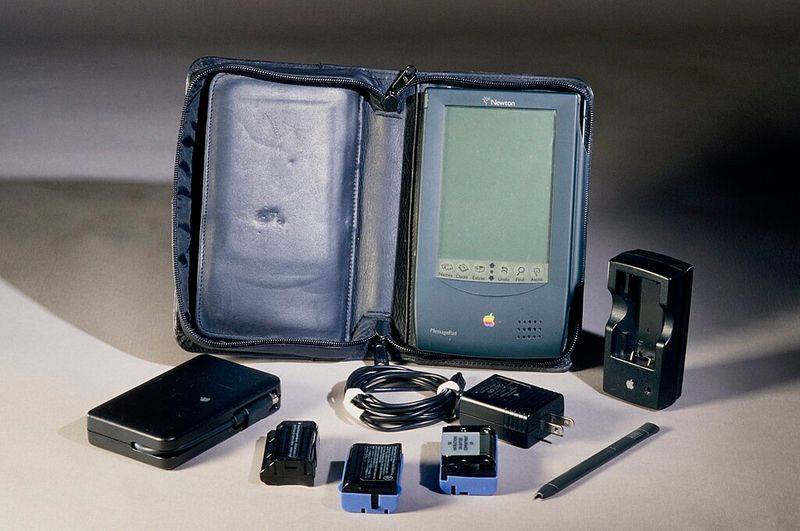
Before the iPhone changed everything, Apple tried launching a personal digital assistant called the Newton. This bulky rectangle promised to recognize your handwriting and organize your life.
Reality hit differently. The handwriting recognition was hilariously bad, turning simple notes into gibberish. At seven hundred dollars, people weren’t willing to pay premium prices for a glorified notepad that couldn’t read cursive properly.
6. Segway PT (2001)
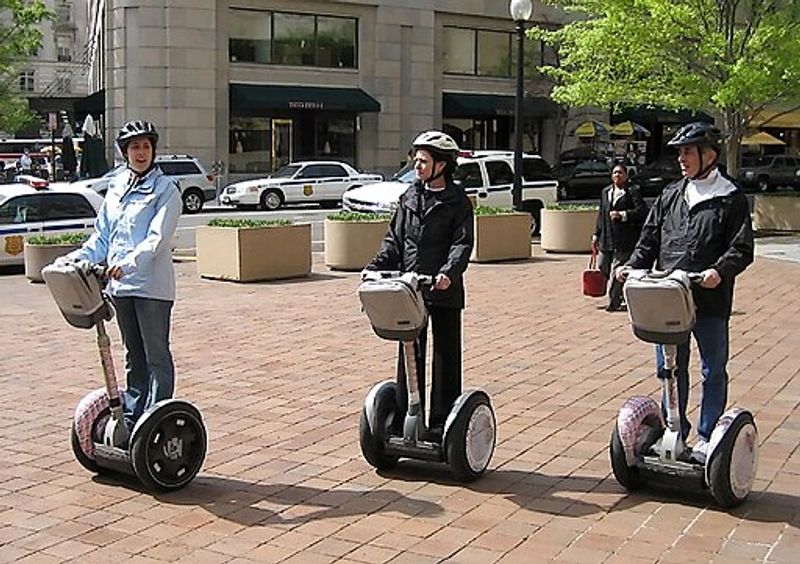
’’ via Wikimedia Commons, licensed under the Creative Commons Attribution 2.0 Generic license.
The Segway was supposed to revolutionize transportation and make walking obsolete. Instead, it became the ultimate symbol of awkward tech bros and mall security guards.
At five thousand dollars, most people decided their legs worked just fine, thank you very much. The bulky two-wheeler was too expensive for casual use and too silly-looking for serious commuters, landing somewhere in no-man’s-land.
5. Betamax (Mid-1970s–80s)
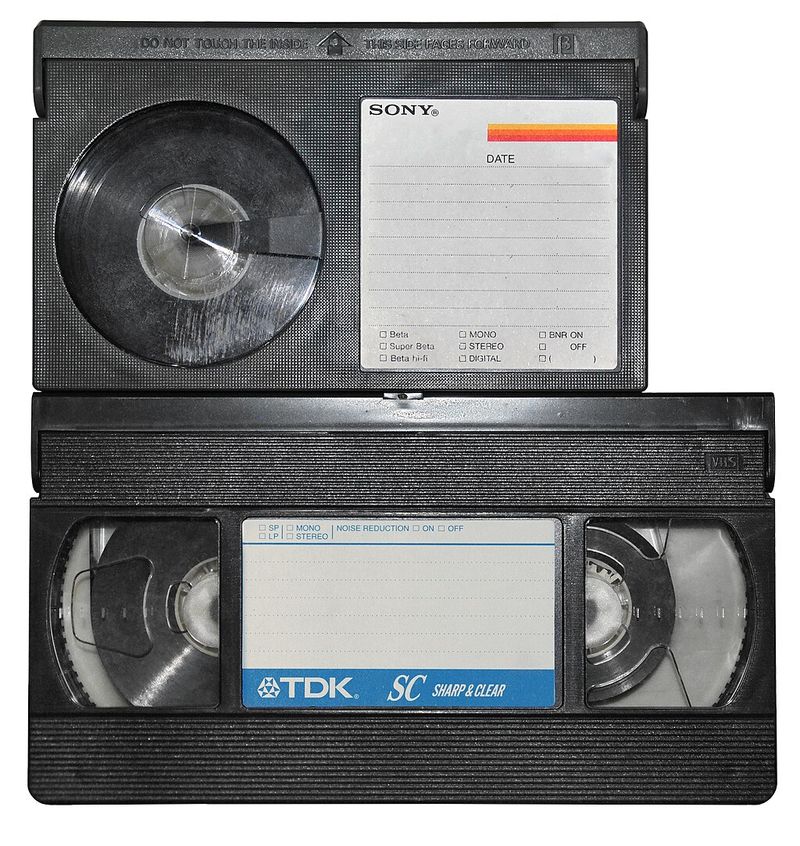
’’ via Wikimedia Commons, licensed under the Creative Commons Attribution-Share Alike 2.0 Generic license.
Sony’s Betamax actually had better video quality than VHS, but it lost the format war anyway. How does that happen? Simple: VHS tapes could record longer shows, and more movie studios backed them.
Betamax became the classic example of how superior technology doesn’t always win. Sometimes being cheaper and more convenient beats being fancier, just like how pizza rolls beat gourmet appetizers at parties.
4. HD DVD (2006–08)
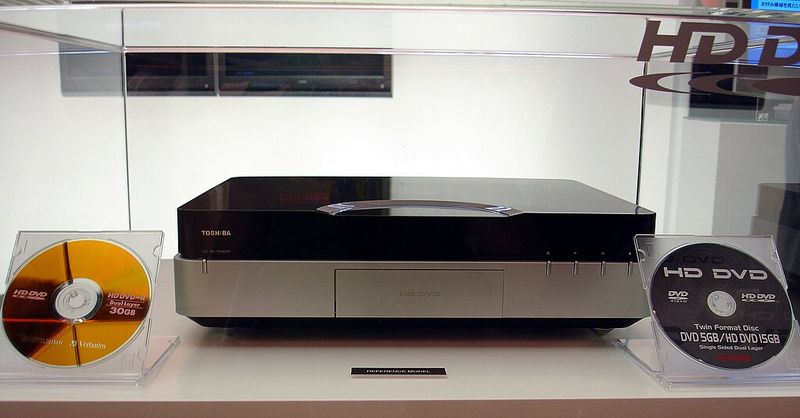
’’ via Wikimedia Commons, licensed under the Creative Commons Attribution-Share Alike 2.5 Generic license.
History repeated itself when HD DVD battled Blu-ray for high-definition supremacy. Toshiba backed HD DVD while Sony pushed Blu-ray, and consumers got stuck in the middle wondering which to buy.
When major studios and PlayStation 3 chose Blu-ray, HD DVD’s fate was sealed faster than you can say déjà vu. Stores stopped stocking the discs, and another format war casualty joined Betamax in the tech graveyard.
3. DeLorean DMC-12 (1981–83)
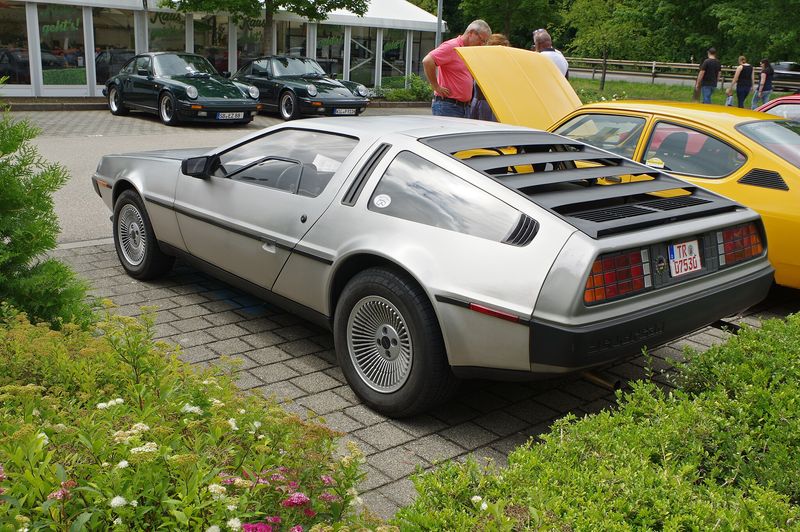
’’ via Wikimedia Commons, licensed under the Creative Commons Attribution-Share Alike 4.0 International license.
Thanks to Back to the Future, the DeLorean became iconic decades after production ended. But when it actually launched, this stainless-steel sports car was a nightmare wrapped in shiny metal.
The engine was underpowered, doors malfunctioned constantly, and the company collapsed amid scandal. Only nine thousand were made before DeLorean Motor Company went bankrupt, proving that looking cool doesn’t guarantee success.
2. CueCat (2000–01)
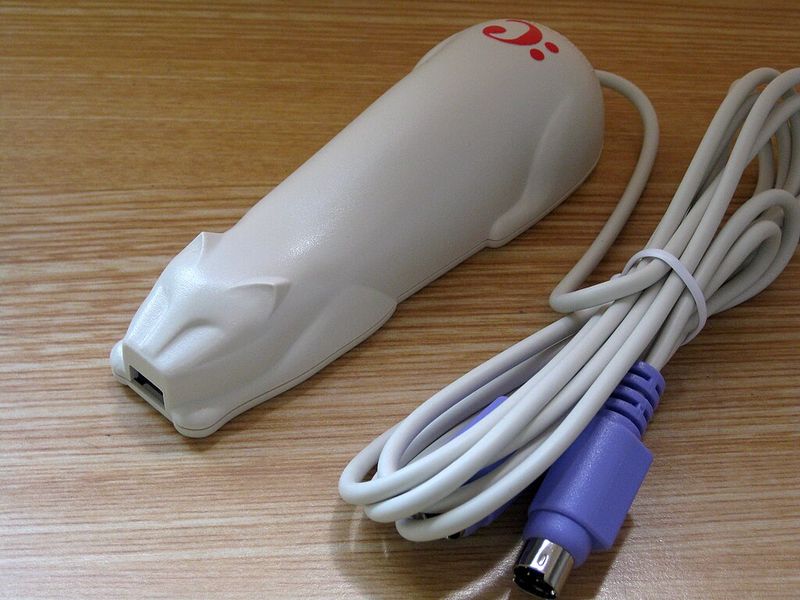
’’ via Wikimedia Commons, licensed under the Creative Commons Attribution-Share Alike 3.0 Unported license.
Imagine getting a free cat-shaped barcode scanner to scan magazine ads for more information online. Now imagine doing that in the dial-up era when loading a single webpage took three minutes.
The CueCat was hilariously impractical from day one. Why scan a barcode when you could just type the website address faster? Privacy concerns and zero user interest killed it before most people even understood what it did.
1. Sony MiniDisc (1992–2013)
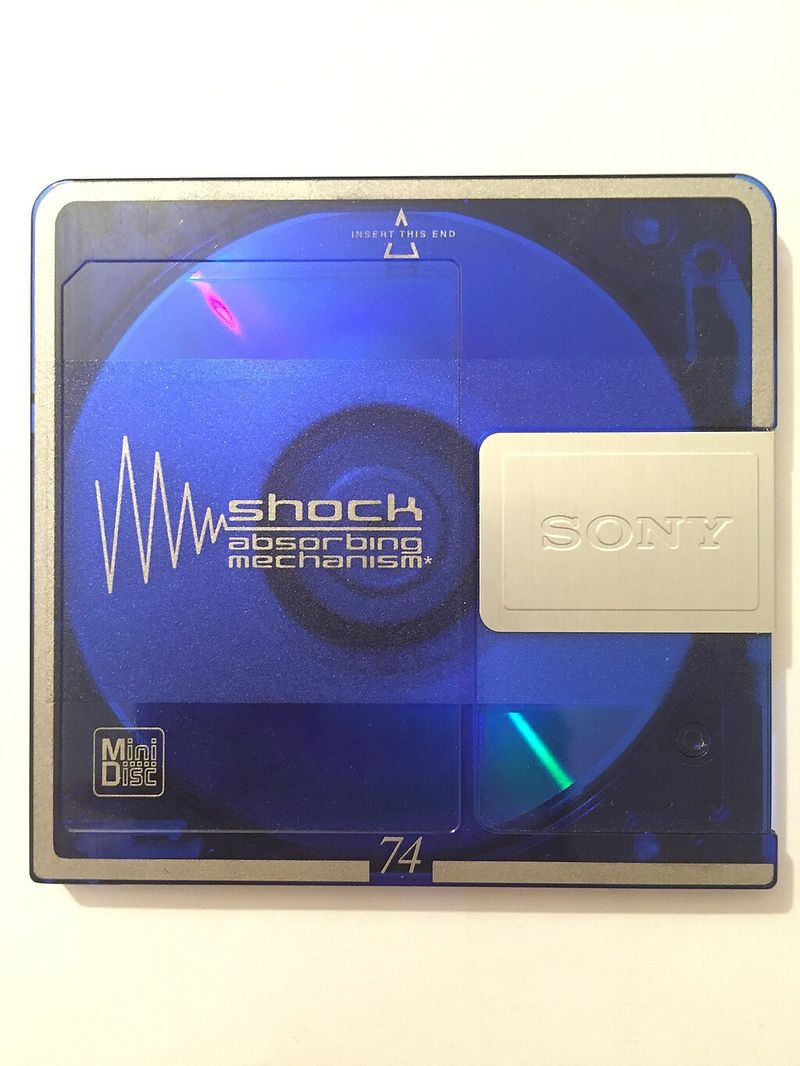
Sony’s MiniDisc was actually pretty cool, offering better sound quality than cassettes in a compact, rewritable format. Unfortunately, cool doesn’t always mean successful.
MiniDisc arrived just as CDs dominated and right before MP3 players revolutionized music. Caught between formats, it never gained traction outside Japan. Though it lasted two decades technically, MiniDisc remained a niche curiosity rather than the mainstream hit Sony hoped for.





